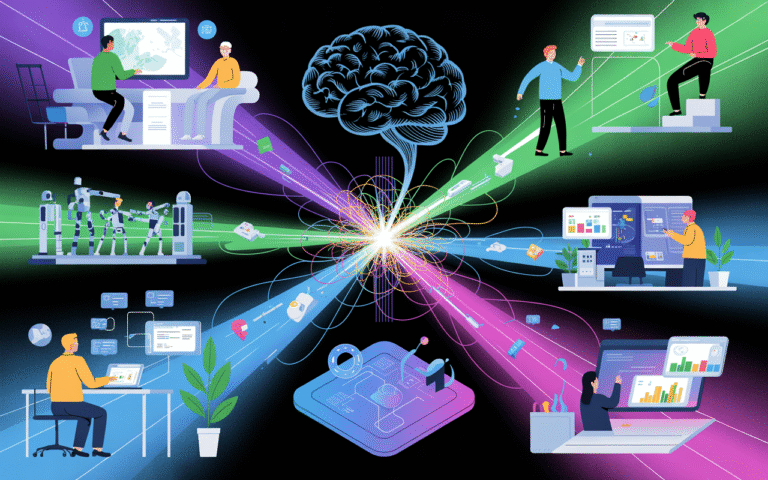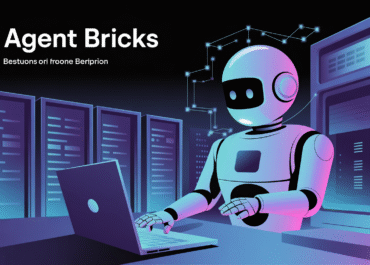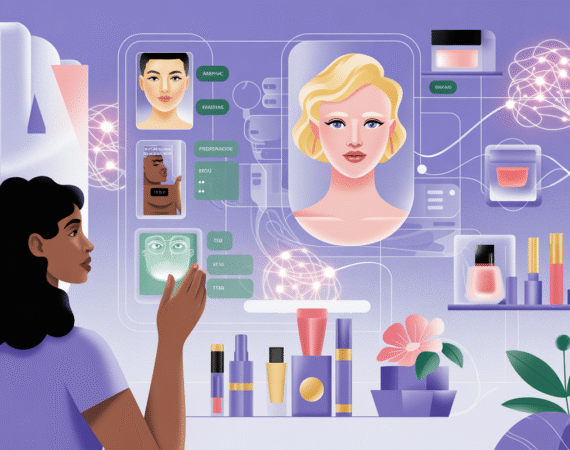The Rise of Reasoning: Powerful Generative AI Models and Their Massive Enterprise Adoption

The landscape of artificial intelligence is evolving at a breathtaking pace, with generative AI models like OpenAI’s GPT series leading the charge. What began as an exciting technological novelty has rapidly matured into a foundational pillar for business innovation. As these models become exponentially more powerful and demonstrate advanced reasoning capabilities, their integration into enterprise operations is not just an option—it’s becoming a strategic imperative for competitive advantage.
The New Frontier of Generative AI: Beyond Prediction
The evolution from predictive AI to truly generative and reasoning models marks a pivotal shift. While earlier iterations excelled at recognizing patterns and making predictions, the latest generation, epitomized by models like GPT-4 and the eagerly anticipated GPT-5, goes further. These advanced models are demonstrating a remarkable ability to understand context, generate highly coherent and nuanced responses, and even perform complex reasoning tasks that mimic human cognitive processes.
This leap in capability means they can not only produce text, images, or code but also understand intent, synthesize information from vast datasets, and offer creative solutions. The improvement in quality and consistency of their output significantly reduces the need for human oversight and refinement, making them far more practical for high-stakes business applications.
Driving Massive Enterprise Adoption: The ROI Imperative
The surge in enterprise adoption of generative AI isn’t driven by hype alone; it’s backed by a compelling return on investment (ROI). Businesses are leveraging these models across various departments to achieve unprecedented efficiencies, foster innovation, and unlock new revenue streams:
- Content Creation & Marketing: Automating the generation of marketing copy, articles, social media posts, and personalized customer communications.
- Customer Service: Enhancing chatbots and virtual assistants with more natural language understanding and problem-solving abilities, leading to improved customer satisfaction and reduced operational costs.
- Software Development: Assisting developers with code generation, debugging, and documentation, significantly accelerating development cycles.
- Data Analysis & Insights: Summarizing complex reports, extracting key insights from unstructured data, and facilitating more natural interactions with business intelligence tools.
- Product Innovation: Generating new product ideas, design concepts, and optimizing existing offerings based on user feedback and market trends.
Companies are reporting substantial gains in productivity, cost savings, and the ability to scale operations without proportional increases in human resources. This tangible value proposition is what fuels the rapid and widespread integration of generative AI.
The Power of Multimodal AI: Natural and Intuitive Interactions
A key trend accelerating enterprise adoption is the shift towards multimodal AI. No longer confined to just text, these advanced models can now seamlessly process and generate content across various modalities—text, images, audio, and even video. This capability allows for far more natural and intuitive human-computer interactions, mirroring how humans perceive and interact with the world.
Imagine an AI assistant that can understand a spoken query, analyze an image, generate a relevant written response, and even create a corresponding visual graphic, all in real-time. This holistic approach unlocks a new dimension of applications, from designing immersive virtual experiences to enhancing diagnostic tools in healthcare and refining robotic interactions in manufacturing.
As generative AI models continue to evolve in power and sophistication, their role in transforming businesses will only grow. The blend of enhanced reasoning, high ROI, and multimodal capabilities is not just changing how companies operate; it’s redefining the very nature of work and innovation. Businesses that embrace these technologies are not merely adapting; they are actively shaping the future of their industries.


